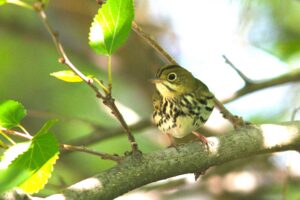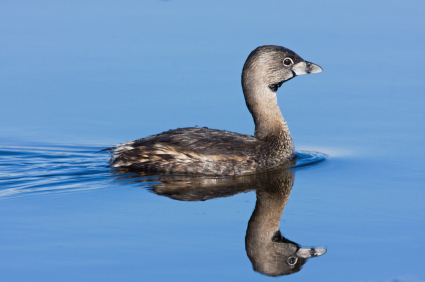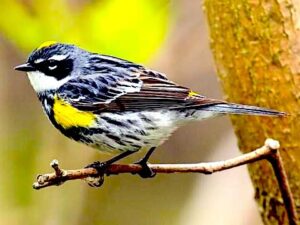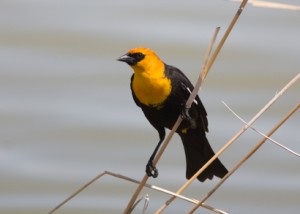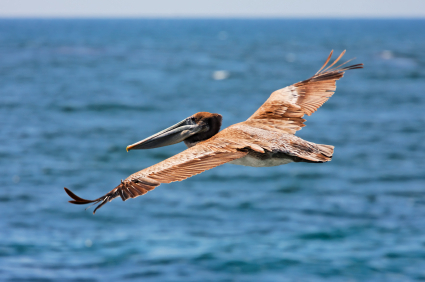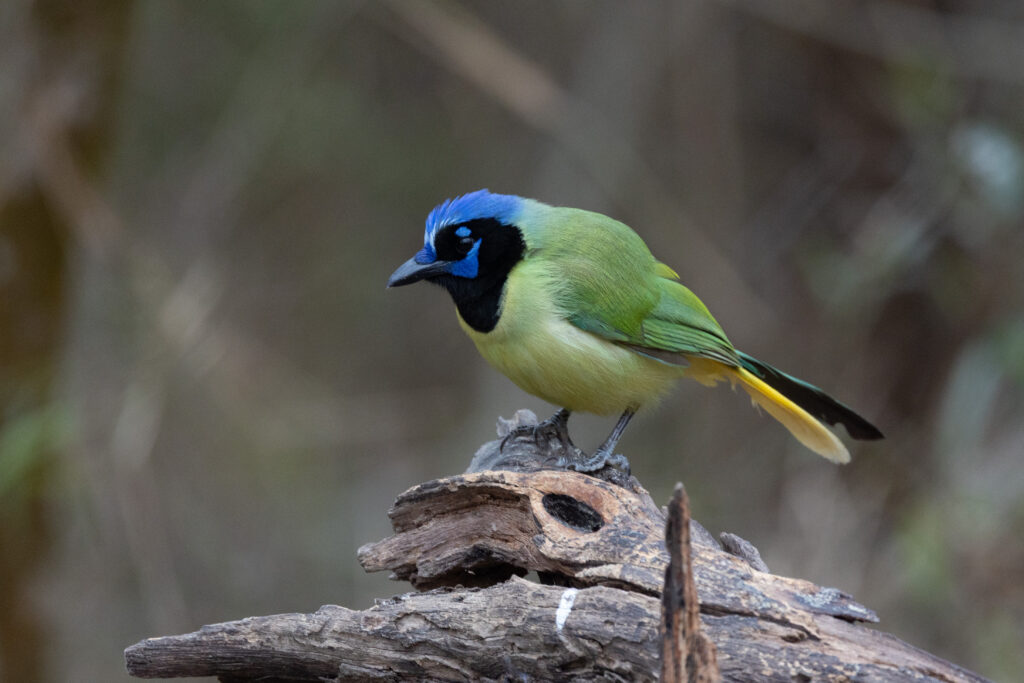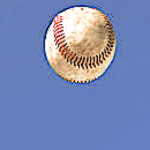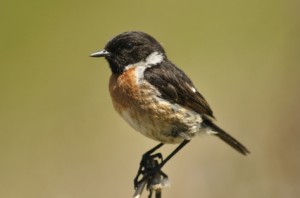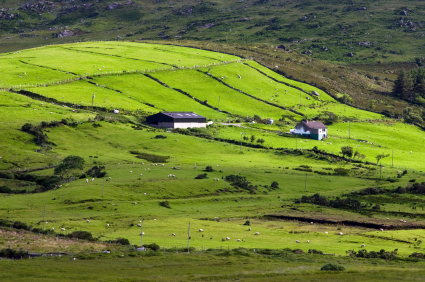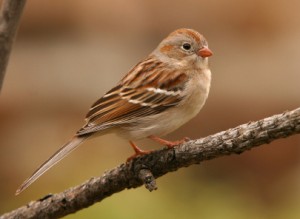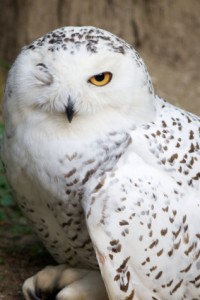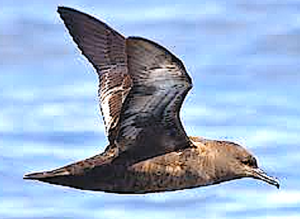Okay, you know where this is going. You’re a two-fisted birdwatcher. And you’re amused because you know we get uncomfortable with goofy bird names sometimes.
We wouldn’t use the name you’re thinking of in our title.
You probably remember our last piece in “Daily Sightings”— about Bobolinks. We didn’t even like that bird name. It makes you feel wimpy. Still, it needed to be said, and carried a message too.
But the bird of this piece? Does it need to be said?
Sure! Booby. Okay?
Booby. There are several kinds, but a friend who’s visiting the tropics wrote that he was seeing Red-footed Boobys all over the place.
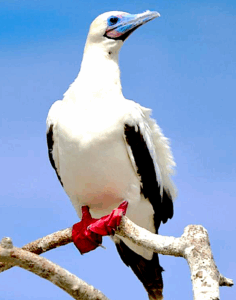
We know that bird, of course. Knowing birds of the world is our thing, as mentioned in “ornithological memory.”
So, yeah, we’re familiar with Red-footed Boobys but also more familiar with Blue-footed Boobys and have been lucky enough to see some.
In the interest of elevating this Booby-talk to something educational, here’s what we’ve learned about the origin of that stupid name.
European explorers who went to tropic islands where these birds lived found them to be so tame they wouldn’t fly away if attacked for food. This translated as “dumb.” And they dubbed the birds “boobies.” As in “dumb booby.”
They did the same with the hapless Dodo, a cruel insult added to injury.
In any case, yeah, our friend is seeing Boobys and he’s lucky because they’re cool birds. Don’t think about anything beyond that. The guy’s young and impressionable, and we like that he’s staying abreast of the local wildlife.
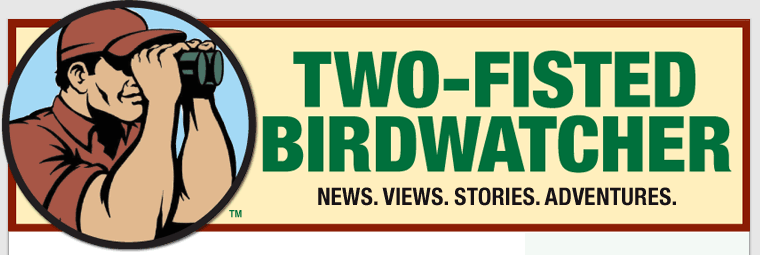


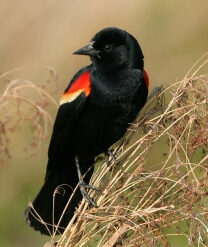
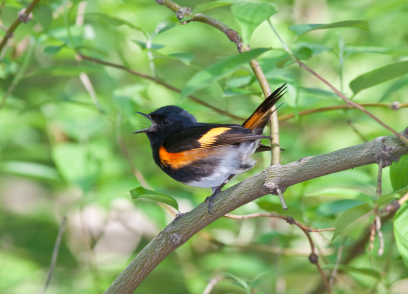
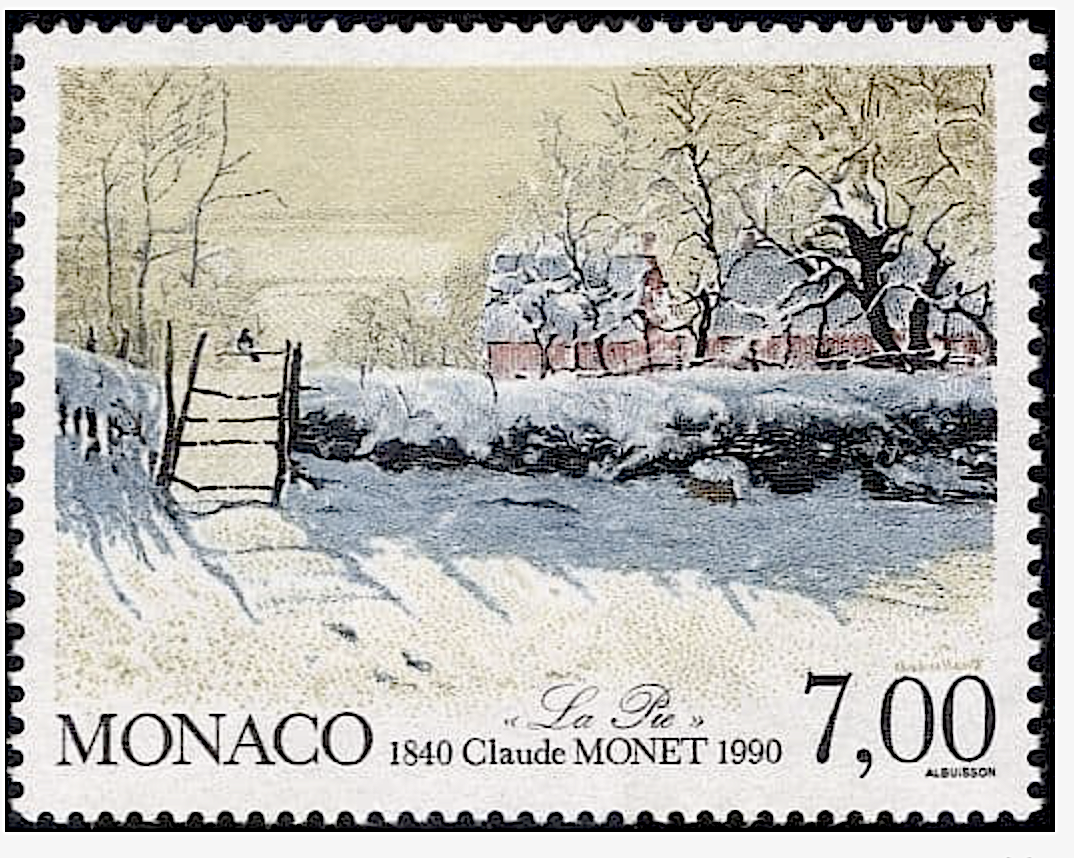 Apparently the country of Monaco thought so much of this awesomely titled painting that they put it on one of their postage stamps. You saw it recently, and it stopped you cold.
Apparently the country of Monaco thought so much of this awesomely titled painting that they put it on one of their postage stamps. You saw it recently, and it stopped you cold.